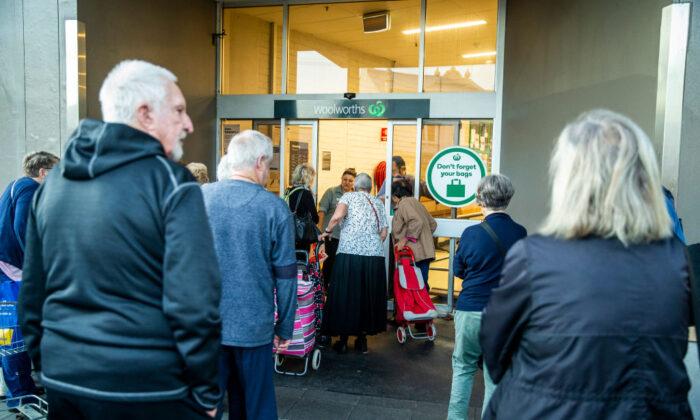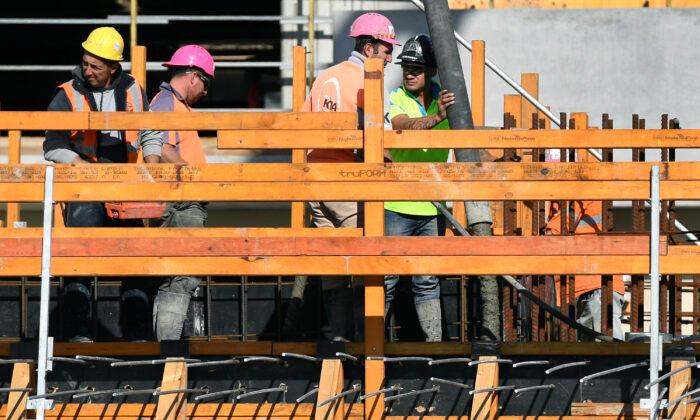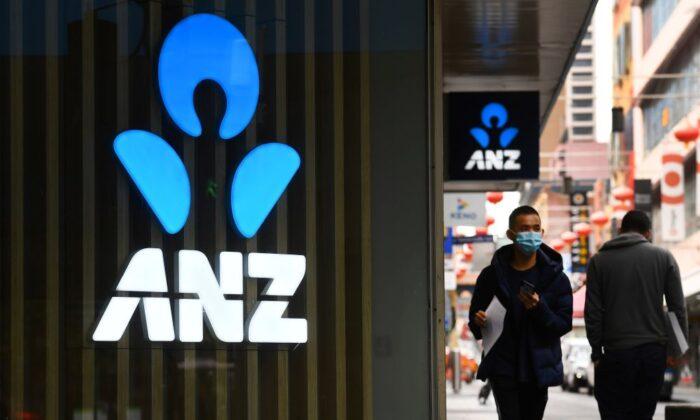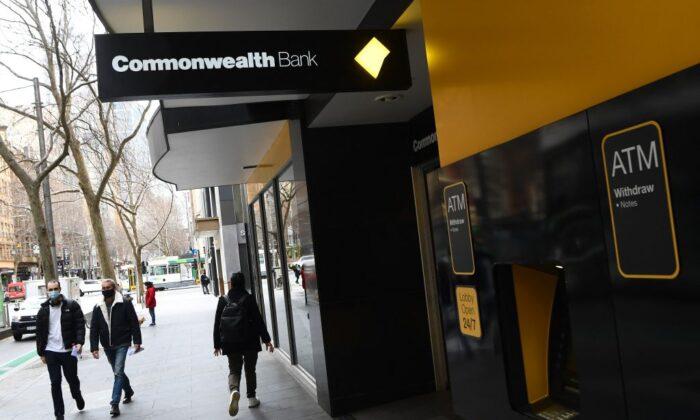The most significant price rises in the March quarter were for food and non-alcoholic beverages (+1.9 percent), alcohol and tobacco (+1.6 percent), education (+2.6 percent), and health (+1.7 percent).
ABS Chief Economist Bruce Hockman explained that price surges for food in the March quarter were largely attributed to drought and bushfire related effects, with fruit and vegetable prices surging by 6 percent, and meat and seafood by 2 percent.
The rise of CPI also revealed early effects of the CCP virus, thanks to the higher purchasing of certain products towards the end of the quarter.
“Most notably, rises were seen in, other non-durable household products (+3.4 percent), which includes toilet paper; personal care products (+2.2 percent), which includes soap and hand sanitiser; and other cereal products (+4.4 percent), which includes rice and pasta,” he said.
The 0.3 percent rise, the highest quarterly figure since September 2014 quarter, also brought annual inflation up to 2.2 percent, the first time above 2 percent since 2018.
However, most economists expect that CPI is likely to turn negative in June, as the economic impact of lockdown restrictions filters through.
“More evident effects of COVID-19 are expected in the June quarter CPI, ” Hockman said.
Reserve Bank governor Philip Lowe said recently that he expected deflation in the June quarter, citing a collapse in oil prices and the introduction of free childcare as major factors weighing down the price level.
“If so this would be the first time since the early 1960s a price level has fallen over a full year.” He added.
The Consumer Price Index run by ABS measures price changes of a fixed basket of goods and services purchased by the average household in eight capital cities around Australia.
Data on CPI is primarily used as an indicator to monitor and evaluate levels of inflation.
The RBA’s official target rate for consumer price inflation is between 2 and 3 percent. Negative inflation often indicates low consumer confidence and weakened purchase, contributing to an economic downturn.





Friends Read Free